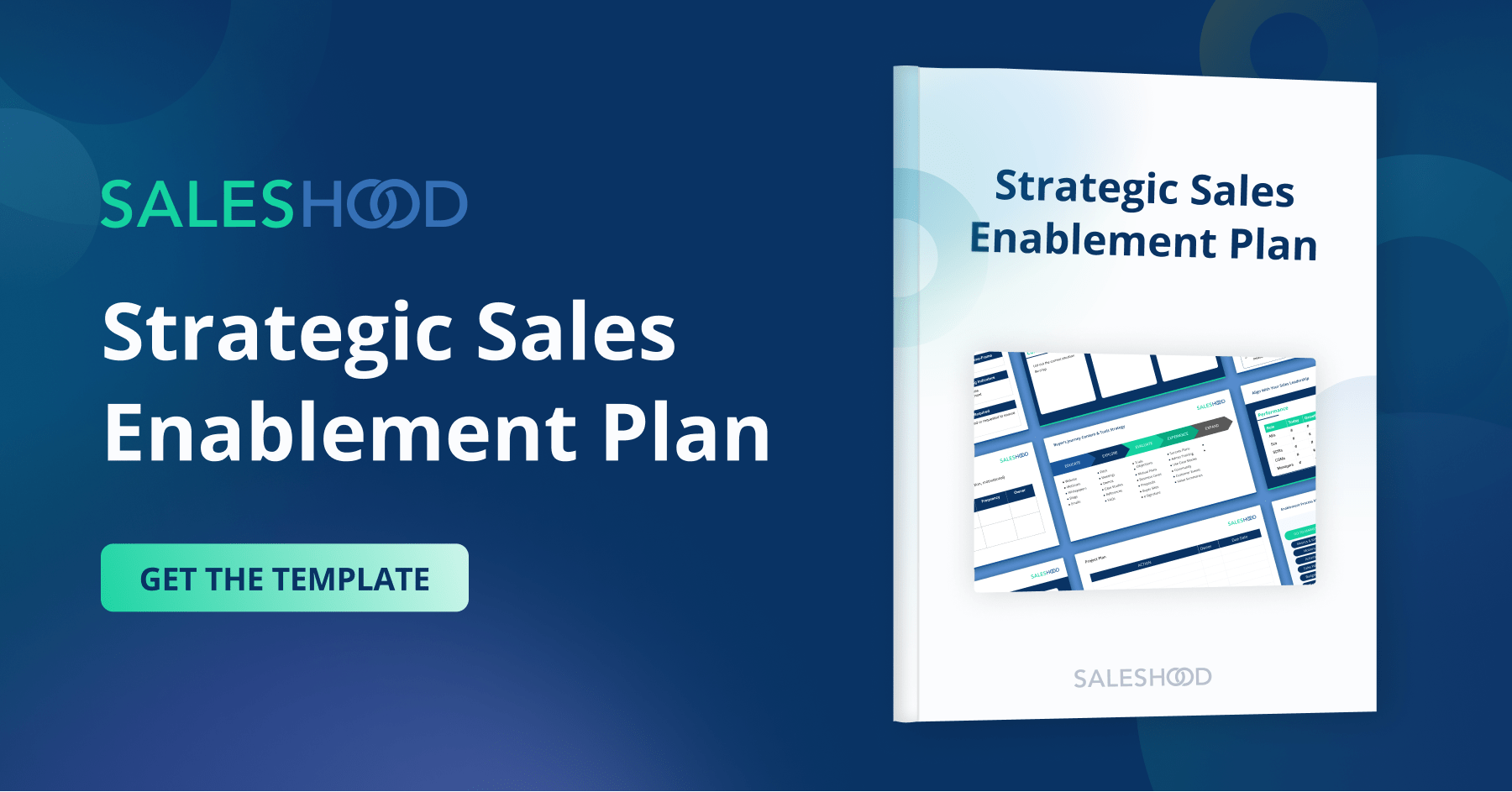How effective are your sales and customer teams at storytelling?
Storytelling is a great way to establish credibility with customers and prospects. I do believe that the best salespeople are the best storytellers. A great customer story told by a credible and passionate sales executive is the surefire way to build trust and ignite urgency in a sales call or sales campaign.
To be a great storyteller means being able to know a story, understand it, internalize it and then be able to retell it in his or her own
words. That’s the magic of storytelling. Great stories are emotional and memorable. Great storytellers avoid pitching the
features of their products and services. Stories that drive action focus on real business problems
and business value. Stories help sales people overcome objections, build confidence and close business. Compelling stories can also uncover and drive compelling events.
On a personal note, I use storytelling in every personal and business conversation. One day I was meeting with a president of a high technology company. The goal of the meeting was to share some best practices and examples of how other high technology companies were using Salesforce.com. When we met with the customer, the president asked the very direct question of me:
“Tell me a story of how a company like mine is using Salesforce.com and realizing value.”
What followed was a fifteen story without using any slides or demonstrations. You can imagine that my
answer started like this: “Let me tell you a story of a very similar company to yours….” At the end of the “story” the president uttered these words to his team: “I want that now.” A new compelling event was born.
Here are the simple steps I would recommend following when you prepare to tell a compelling customer reference story to your customer or prospect:
- Step 1: Pick a real company and select a main character to anchor your story. Your character can be an executive or it can be a metaphor for a type of person in a job function.
- Step 2: Give a glimpse into what their world looks like today after they have gone through their transformation. How is their business
operating today? Tease your audience with a taste of what their world could look like.
- Step 3: Go back in time and tell the story of pain. What challenges existed for this company and this executive?
What would have happened if action was not taken?
- Step 4: Get very specific about the benefits and results. Share quantifiable results but also look for the emotional benefits.
- Step 5: Tell the story without any visual aids. Tell the story from the heart.
Is storytelling part of your sales process and your sales values? Start first by documenting the best stories and then training your teams on storytelling. The more hands on your training can be the greater the likelihood it will be integrated with your sales people’s DNA. Creating a competition where your sales teams tell stories to each other and then vote a winner is a great way to exercise the storytelling muscle.
Here are some tips on customer storytelling you can apply today in your customer meetings.
Tips to Remember
1. Share stories that are personalized, emotional and quantifiable.
2. Start with an emotional hook that grabs attention and generates early excitement for your story.
3. Brand your story or create a story “headline” to make it more memorable.
4. Include any personal stories or anecdotes to make the story that much more personalized.
5. Give enough background that enables your audience to relate.
6. Always be curious and ask open-ended questions.
7. Pause in meetings to check in with customers to see if they’re getting what they expected from their time investment.
8. Make eye contact with your customer when you’re telling your customer story.
9. Work the room. You’ll know in the first sixty seconds if the story is hitting the mark. Stop. Check in with the room. Ask if the story is the right story or if you’re sharing the right amount of detail.
10. Don’t read the slides.
11. Make sure the story maps to the role and industry preference of the buyer.
12. Make sure the story you are telling is a reference and is willing to be a reference. Your customer will most likely do a back door reference too.
Run the Customer Story Telling Sales Huddle Today
Sales Managers, ff you want to get a jump start on improving your sales team’s customer storytelling skills, join us in SalesHood by running a Customer Story Telling Sales Huddle. You can get started in minutes and have it augment your next sales meeting. We’ve created best practice sales videos, a structured meeting agenda, self-assessments and a way to build your own customer stories database too. We’ve created a way for you to engage your sales teams in exercises to build their customer storytelling muscle. This Sales Huddle is fun too – who doesn’t like to hear a great story???
We welcome you to partner with us to take your team’s storytelling skills to the next level.



